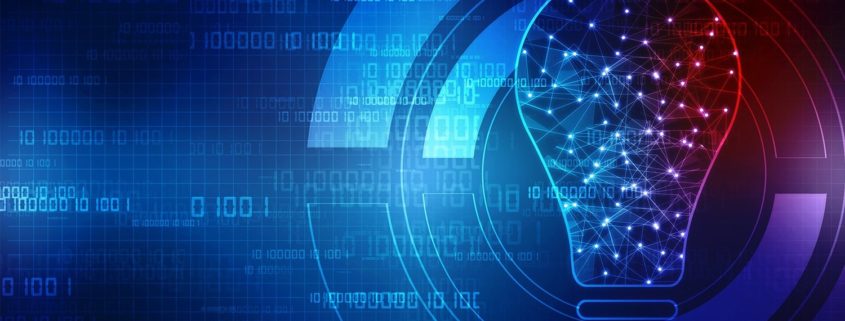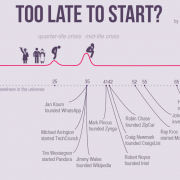6 Technological innovations to consider in 2022
The growth of technological evolution is unprecedented in its speed. Every day, new start-ups create ingenious inventions that revolutionise human daily life. Billionaire entrepreneurs like Elon Musk are blazing trails with AI like never before, and technological progress continues to amaze in many ways.
But there is a dark side to this growth and innovation. As technologies are becoming more and more complex, they are becoming more and more difficult to control. Especially AI, with its ability to automate its learning.
Moving on, here is a list of technological innovations and facts that were unthinkable just a few years ago, unless we were talking about science fiction.
1. The Chinese social credit system
This is something a bit disturbing that was already present in an outbreak in the Black Mirror series. For the uninitiated, the whole of China has been under technological surveillance by its government for some years now. The Social Credit System is a national programme created by the Chinese government to keep tabs on ALL Chinese citizens.
Citizens’ digital activities, shopping activities, daily activities such as commuting and so on are watched by the government. Why does the government do this? They do it because they score citizens’ behaviour, and if their actions are bad/good in relation to government rules, their score goes up or down.
The score affects their lives in many ways; a good score means better school facilities for children, better medical care, better jobs, etc. And bad scores, well, you get the picture. And bad scores, well, you get the picture. Scores are measured and kept online, through various apps that have been incentivised to work with the government.
This sounds like the plot of a post-apocalyptic movie, but it really happened and continues to happen in China.
Freedom of movement used to be based on passports, but the Covid crisis has introduced a digital pass in many countries that is creating a division between citizens who align themselves with the advice of the authorities (in this case specific vaccination) and those who prefer to opt out.
2. A Tesla (ro)bot to serve humans
In August this year, Elon Musk unveiled his latest efforts in creating robots, with the introduction of a humanoid robot dubbed ‘Tesla Bot’. The bot runs on the same technology as Tesla’s autonomous cars. Of course, this high-profile project is still in the works, with Musk stating that the prototype will be ready starting next year, but it doesn’t hurt to know what’s coming.
His attempts to create robots have the masses a bit worried, as most of us have seen the Matrix and Terminator. However, Musk assures that they should be friendly, stating that any human could outsmart and outrun the robot. Let’s hope this is true.
Robots are designed to take care of repetitive and boring chores, such as grocery shopping.
These days Tesla has announced many open positions to accelerate the development of its Tesla Bot.
3. Neuralink connects the human brain to the computer
Also in the realm of Elon Musk, another creature of the space technology entrepreneur, Neuralink is being developed as a brain-computer interface in the form of a microchip implant.
Neuralink will serve to break down the barriers between computers and the brain. At the moment, they have managed to insert the Neuralink implant into the brain of a monkey and have managed to get the monkey to play ping pong with a computer using only its brain to control the game. How does it work? Well, the implant detects the activities of the neuron and sends that data to the computer through the implant. The future is now.
4. NFTs generate millions
Before we dive into the possible NFT fiasco, let’s clarify what an NFT is. NFT stands for a non-fungible token, which means it is unique. A bitcoin, for example, is fungible. It can be exchanged for another bitcoin, and people would get the same thing. If people exchange NFTs, then they will never get the same NFT back, it will always be a completely different NFT.
NFTs come in different forms, and one of them is art. Many people have recently managed to win millions of dollars by selling their NFT art online. They win Ethereum for it, which is a cryptocurrency like Bitcoin.
A prime example? Twelve-year-old Benyamin Ahmed won $400,000 by selling a collection of NFTs – making him richer than most adults. This happened recently, during the first week of September.
5. Vital organs on Emulate’s chips
Biotechnology company Emulate Inc. has created organs on chips that aim to emulate and simulate breathing, blood flow and well organs. Only people won’t get an organ in the size of an organ, it will be the size of an AA battery. The chips are small.
The chip is designed to mimic conditions in the human body so that drug manufacturers can predict more accurately. The organ on a chip will predict human responses to drugs – practical and hi-tech.
6. Financial institutions are going paperless
HSBC bank will replace paper records with a blockchain-based platform called Digital Vault. Using this platform, the bank’s customers can access digitised records of securities that have been purchased on private markets. HSBC bank will soon replace paper records with a blockchain-based platform, Digital Vault, to track $10 billion of private investments.
HSBC, one of the world’s largest banks, has replaced paper records with a blockchain-based platform called Digital Vault. With Digital Vault, customers can access their securities records digitally.
Intelligent robots that perform repetitive or difficult tasks and help humans, brain chips and digital art to make money are just of the many radical technological innovations already in place or on the way. States and their often obsolete legislation already seem like something of the past.





